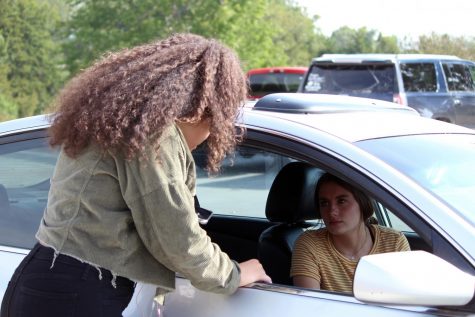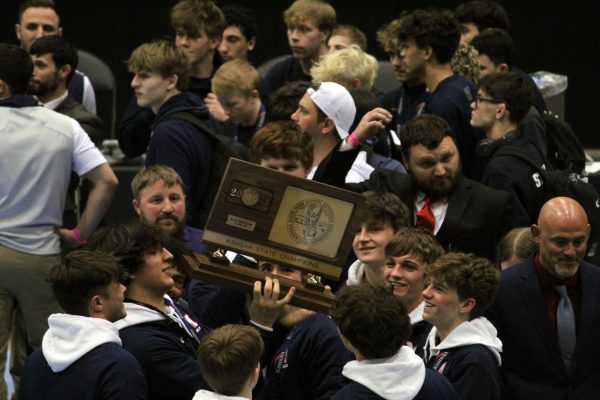Not Just St Nick shows up at this time of year
You may know the jolly fat man that bring gifts on Christmas by names like Saint Nicholas, Saint Nick, Father Christmas, Kris Kringle, or simply Santa. The Santa you probably grew up with was inspired by the United Kingdom’s Father Christmas, the Netherlands’ Sinterklaas, the Germanic God Odin and even the Greek Myra.
The United Kingdom’s Father Christmas is a large man who wears fur-lined red or green robes. Father Christmas is the spirit for good cheer, joy, peace, and food. People leave out beer and mince pies for him instead of milk and cookies but they do leave out carrots for his reindeer. When kids would write letters to Father Christmas they would burn the letters so they could be magically transported to the North Pole. This tradition has fallen out of practice and now letters are sent to him via Royal Mail. Originally, Father Christmas did not bring any gifts and was a merry man who served as the spirit of good tidings but now Father Christmas and Santa are nearly indistinguishable.
The Netherlands and Belgium have a figure called Sinterklaas. Sinterklaas contrasts Kris Kringle by being more serious, wearing a bishop’s alb and cape with a ruby ring and a staff. Instead of doing it all in one night, Sinterklaas spreads his gift giving out over a three-week span and he is celebrated by exchanging gifts on St. Nicholas Day, Dec. 6 or the evening before.
GrandFather Frost is the Russian version of Santa. Grandfather Frost was formally employed as an evil sorcerer who kidnapped children and demanded gifts as ransom. GrandFather Frost is depicted as wearing a long red or blue fur coat and caring a magic staff. He is accompanied by his granddaughter whose name translates to “snow girl.” They work together against an evil witch who steals children’s presents. Nowadays, Grandfather Frost is closer to New Years day than he is to Christmas.
Japan’s “Santa” is an overweight Buddhist monk named Hoteiosho. He has eyes in the back of his head so he can tell how children are doing without them knowing. Hoteiosho arrives on New Year’s Eve once the house is cleaned and beans are thrown for good luck.
A witch named La Befana takes the place of Santa in Italy. Her origin story varies but most of the locals say that she was a kind woman who gave the three wise men somewhere to sleep while on their way to see baby Jesus. La Befana is depicted as an ugly women who rides a broomstick, she is compared to the witches seen around Halloween. She often wears a black shawl and cares a bag of gifts. She doesn’t like to be seen so when she finds some childs who were trying to spy on her she hits them with her broomstick. Like Santa, La Befana climbs down chimneys to gives good children presents and candy and gives the bad kids coal and ashes. Unlike Santa she has a more refined taste so people leave out Italian wine instead of milk and cookies. In other parts of Italy, Babbo Natale brings gifts on the day before Epiphany, the manifestation of Christ to the Gentiles, Jan. 6. The night before he arrives, children put their shoes outside and in the morning they are filled with little gifts and candy.
Even though Santa has many different depictions throughout many different cultures he stands as a ray of joy for all and a reason for kids to be nice around the new year.






